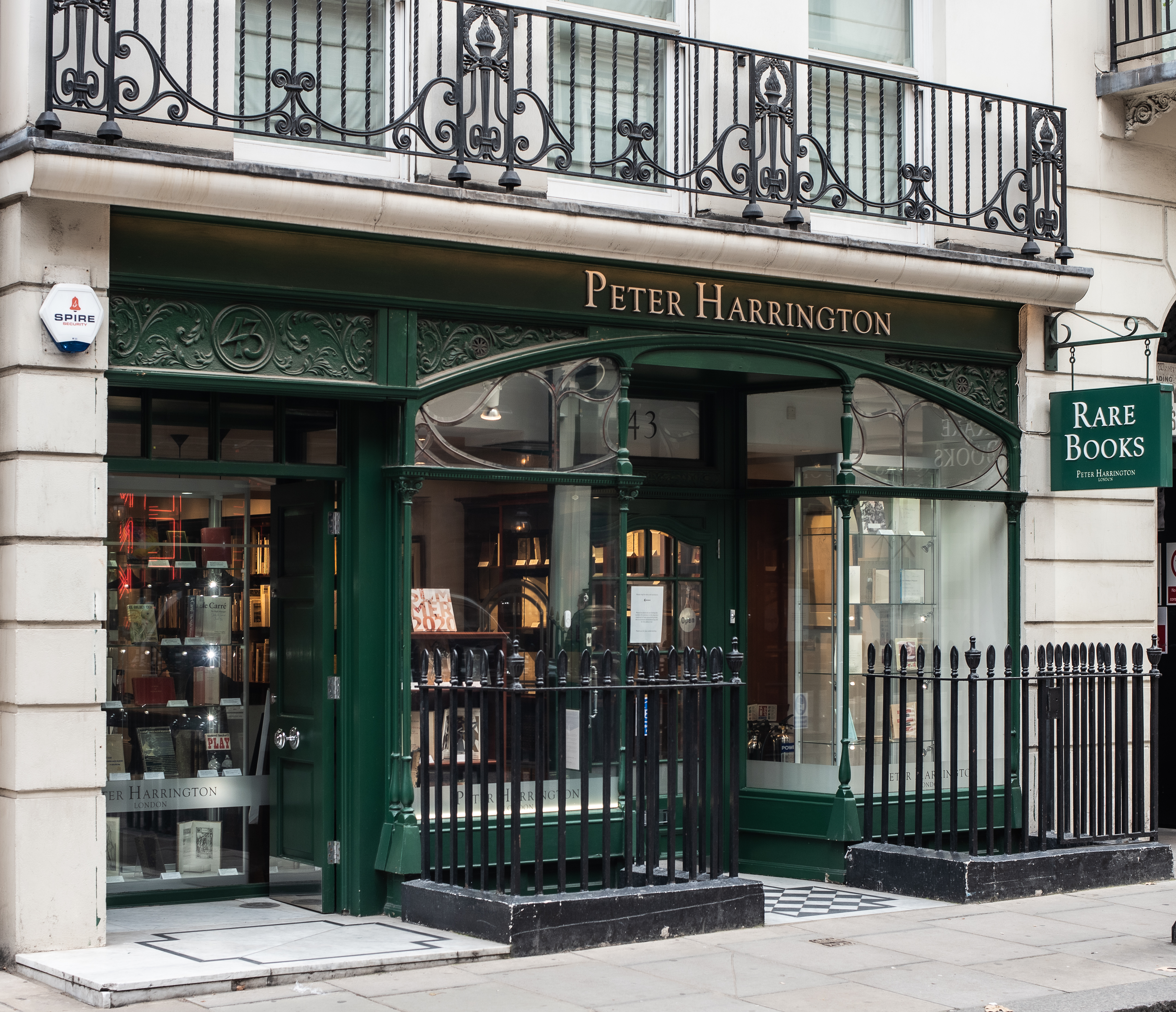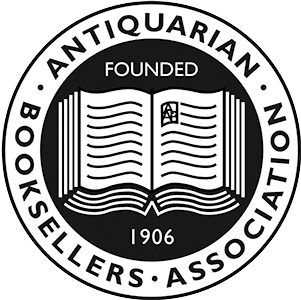Stockholm: [John George Lange],, 1768. The most important work on naval architecture of the eighteenth century, from the library of John Scott Russell First edition, scarce. A magnificent volume with detailed and attractive plans for many different kinds of naval vessels, providing an extraordinary summary of contemporary shipbuilding techniques, here presented in a handsome Victorian full morocco binding. It is better known from later editions and facsimiles than its impressive original grand folio format. Of English parentage (his father was a Royal Navy officer and his mother the daughter of a London shipwright), the Swede Fredrik Henrik af Chapman (1721-1808) was perhaps the greatest naval architect of the era. He was promoted vice admiral in 1791, and was manager of the shipyard at Karlskrona, the important base of the Royal Swedish Navy, from 1782 to 1793. Under the direction of King Gustav III, it was Chapman who drove the modernisation of the Swedish fleet, and his methods surpassed and perfected contemporary shipbuilding, being rapidly adopted by all of the principal naval nations. A commemorative medal struck in 1808, shows Chapman in profile on the obverse and a hull under construction on the reverse, with the legend "Famam feret per orbem" (It shall carry his fame through the world). Not all of Chapman's plans were built, chiefly because of the imposing scale on which he worked: there are, for example, plans for a privateering frigate, designed as a deep-water commerce raider, 160 feet long, and displacing 750 tons. She was to be armed with forty guns and no fewer than four hundred men: around five times the size of the average privateer of the day, and twice the size of actual French privateers built during the French Revolutionary War (Konstam & McBride, pp. 31-2). This has always been a scarce and desirable work: even in 1781, when Vial du Clairbois issued an annotated quarto edition of Chapman's work, he commented "Il ne se trouve pas en France & coûte 180 livres en Hollande, en feuilles. Il est de nature à occuper dignement une place dans le cabinet des curieux sur cette matière, mais il n'est pas d'un prix à la portée de tout le monde" ("It is not found in France & costs 180 pounds in Holland, in sheets. It is likely to occupy a worthy place in the cabinet of those curious about this subject, but it is not of a price within everyone's reach"). One of the reasons for the work's scarcity is plausibly said to be its actual practical use in shipyards of the period. We have seen another copy of the work almost destroyed by hands-on use. Provenance: John Scott Russell (1808-1882), engineer and naval architect, with his bookplate; subsequently in the Scott Library Collection of the Institution of Naval Architects (label recording its presentation in 1930 by R. E. Scott); sold Christie's, London, 6 November 1997, lot 24. It has recently been pointed out that "when John Scott Russell first turned towards the study of hydrodynamics and naval architecture, the only work of use he could find was that of Chapman" (Watson, p. 32). Russell's chief publication, The Modern System of Naval Architecture (1864-65), has been described as "an English equivalent of Chapman's Architectura Navalis" (Pugh & Baynes, p. 164). Russell's studies of wave formation and hull resistance "embraced a great many experiments, including tests both with models in a tank and with full-sized vessels on a canal. He attempted to translate what he called his 'wave system', or wave line theory, to the design of ships, and was associated with I. K. Brunel in the design of the Great Eastern steamship in 1856 which was built on his principles
He also introduced the system of cellular double bottoms for iron ships, pioneered many improvements in marine boilers and engines, and was concerned in the design of the Warrior and Black Prince, the world's first ironclad battleships" (Kemp, p. 735). ODNB describes him as "a brilliant, intuitive engineer". Folio (560 x 430 mm). Double-page engraved and etched title page by Årre incorporating a fine view of Stockholm harbour, double-page engraved dedication within a decorative border, 4 letterpress index leaves in English and French (replacing the original contents leaves in Swedish) laid down on larger sheets, 62 double-page engraved plates on thick paper. Mid-19th century red morocco by J. J. Leighton, spine with seven gilt-decorated raised bands, gilt lettered direct in second and fourth compartments, other compartments framed by gilt paired fillets and dog-tooth rolls enclosing scrolling cornerpieces, stars and large central device comprising multiple foliate tools, sides with concentric decorative panels, gilt decorative turn-ins, French Curl pattern marbled endpapers, gilt edges. Extremities lightly rubbed, slight abrasion at fore edge of front board, a few shallow indentations to back cover, variable browning and foxing, a handful of leaves with larger blooms of foxing encroaching into engraved area, plate XXXI skilfully inset. A very good copy. Peter Kemp (ed.), The Oxford Companion to Ships & the Sea, 1979; Angus Konstam & Angus McBride, Privateers & Pirates, 1730-1830, 2001; Francis Pugh & Ken Baynes, The Art of the Engineer, 1987; Nigel Watson, Maritime Science and Technology: Changing Our World, 2017.




















